10 essential questions for developing the first product (10 domande per sviluppare il primo prodotto)
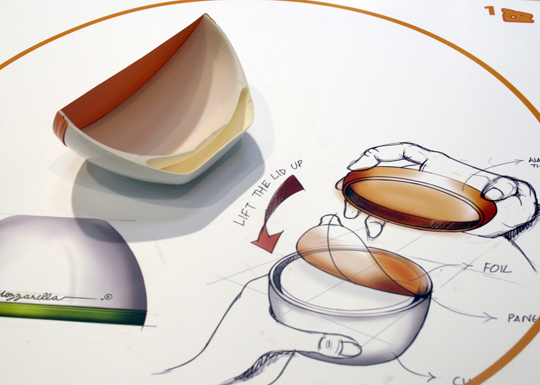
Developing your first product can be daunting, the costs, pressure and lack of knowledge in the area is a sure put off.
One thing to consider before starting any design project is “Does this product already exist?” and ”Is there a need for it?”
But it’s not as hard as you may think; if you have an innovative idea and the capital to back it then the following points are essential to know before you begin.
1. Who will buy your product?
You must make sure that there is a market for your new product, and that it is not ‘a solution looking for a problem’. To do this, protect your idea (see 5) and then discuss it with your personal contacts and people involved in the industry that your product is relevant to.
2. How many potential customers are there?
First, you need to find out the total size of the market that might buy your product (cyclists, plumbers, whatever). Then, you need to estimate the percentage of that market that might be interested in your product. Finding out the number of sales for similar products can help make the figures more realistic.
3. Who will you be competing with?
All products have competitors. Thoroughly examine yours, both the obvious ones and those that provide a similar solution to the problem that you are trying to address. When you have done that, work out the strengths and weaknesses of your new product compared to the competition and look for the areas of competitive advantage. This will lead on to asking…
4. What will make your product the best choice?
You will need to identify clear benefits or qualities that differentiate your product from the competition. Examples of positive differentiators are better appearance, higher quality, ease of use, durability and environmental benefits. Avoid using low cost as the only means of differentiation – it just makes your business look cheap. Go on Wikipedia and search for ‘product differentiation’ for more information on this topic.
5. Can your product idea be protected?
Making sure your idea is protected is essential if it requires it. During your initial discussions, you can prepare a Non-Disclosure Agreement (NDA) that binds the signatories to keep your ideas secret. You can then explore patents and design registration. Be aware that good patent advice and searches can cost several thousand pounds.
Another option available are Provisional Patents, a great tool for the small budget inventor as they allow basically 12 months as a tester period. Just make sure to maximize the use of those 12 months as you will need to decide to either file a full patent or go unprotected after that.
6. Which standards will your product need to meet?
All products sold in the EU need to be CE marked, and some must comply with stringent safety, environmental and performance criteria. Some of these involve detailed testing routines that have to be carried out on prototype parts by specialists. The British Standards website is a good starting point to see which standards will apply to your product.
7. How will your product be manufactured and sold?
Will you make the product yourself or will you sub-contract production to someone in the UK or Asia? How much are you prepared to investing tooling and production set-up? Will you sell the product direct to the public, sell through retail outlets, or sell the idea to another company? These issues need to be considered at the outset, as they will have a significant impact on commercial success.
8. How much will all this cost?
In addition to patent advice (see 5), the design and development of a product, including the data needed for manufacture, can cost anywhere from several thousand to many tens of thousands of pounds. Prototyping and testing to meet standards, etc., can also cost several thousand pounds. Production tooling for a simple one piece moulding may be a couple of thousand pounds, whilst a large complex product may cost hundreds of thousands to tool up for. Promotion and marketing also requires significant investment if it is to be effective. The important thing to recognise is that very few products can be developed, produced and launched for less than a six figure sum.
9. How will you pay for it?
If your funds are limited, it is essential to phase the work so that your risks are minimised. The first phase will be protecting your intellectual property. The second phase will be developing a ‘proof of concept’ model that you can use to demonstrate your basic idea. You should be prepared to spend several thousand pounds to achieve this. With this model and a good plan (see below) you will then be able to approach investors to gain funding for full commercial development.
10. Do you have a plan?
All the issues above – and other essentials like how you will survive financially while you are working on your idea – need to be written up in to a detailed business plan. This will make your business idea more credible to investors, but will also enable you to minimise your risks.
Example of a possible new development:

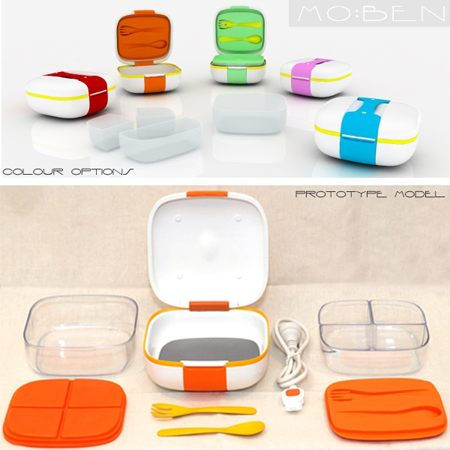
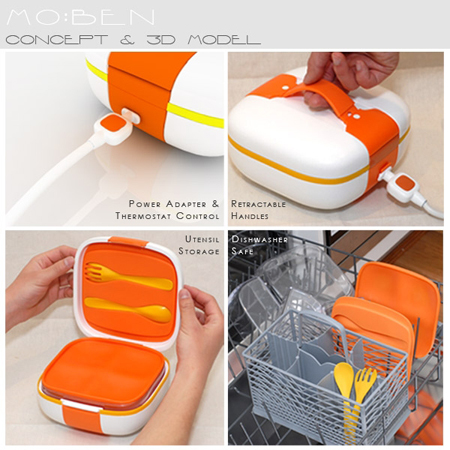
[ add comment ] ( 69 views ) | permalink |




 ( 3.1 / 2606 )
( 3.1 / 2606 )Posted on www.greenerpackage.com
With the fundamentals of sustainable packaging in mind, following are some areas to consider when implementing changes to your packaging for improved environmental impact.
For nearly a decade, the biggest buzz in packaging has been the move toward sustainability, or “green” packaging. Driven by retailer requirements, public perception, economic pressures (petroleum, in particular), and government policies, sustainability impacts every aspect of a package—from the source of its raw materials to its end of life—and as such has proven to be an incredibly complex issue.
But over the years of debate and discovery, we have learned some core truths about the topic. First, there is no such thing today as a completely sustainable package. Instead, sustainability is a journey. The goal is to make incremental improvements over time in the sustainability of a package to reduce its overall environmental impact.
Second, in sustainability terms, packaging materials—including glass, plastic, paper, and aluminum—cannot be classified as good or bad. Each has its advantages and shortcomings, depending upon the product application and the goals and mission of the packager. Trade-offs are an inherent part of pursuing sustainability.
And last, packaging must be put into perspective by understanding its role in the full product supply chain. Packaging typically makes up less than 10% of the carbon footprint of a product; raw material production and consumer use often comprise the largest proportion. While packaging’s footprint may be small, its importance cannot be understated. If the package fails in its primary functions—protecting the product through the supply chain, enticing consumers to purchase, and facilitating consumption—all the energy consumed in manufacturing the product is lost when the product is wasted.
TEN TIPS FOR SUSTAINABLE PACKAGING DESIGN
With these fundamentals in mind, following are some areas to consider when implementing changes to your packaging for improved sustainability:
1. Take a life-cycle approach to package design
Advice : Sustainability metrics and standards are still evolving, so pick a program, and stick with it. Using different tools to measure the same package may yield slightly different results. The key is to be consistent and make sure you are moving in the right direction in the core environmental areas that are of greatest concern to your company.
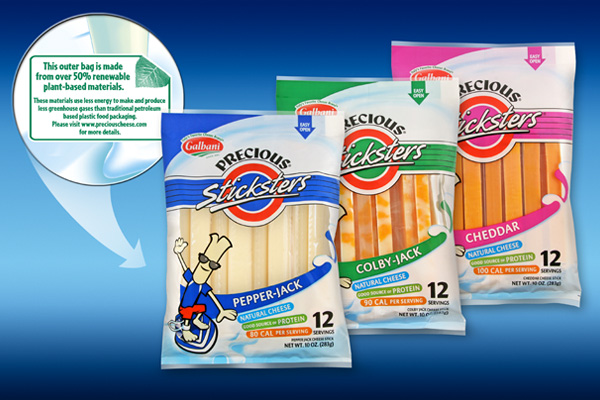
2. Evaluate each component of your package.
Ask yourself, "Can changes be made to use less material without compromising product integrity?"
Suppliers are continually innovating with containers, caps, labels, and other components that improve the package-to-product ratio, resulting in a smaller footprint, and oftentimes in a smaller price tag, as well.

3. Consider new alternatives for distribution packaging.
New machinery and material technologies are enabling packagers to use fewer materials to create multipacks, bundles, and pallets, as well as create shelf-ready packaging that minimizes waste at the retailer level.
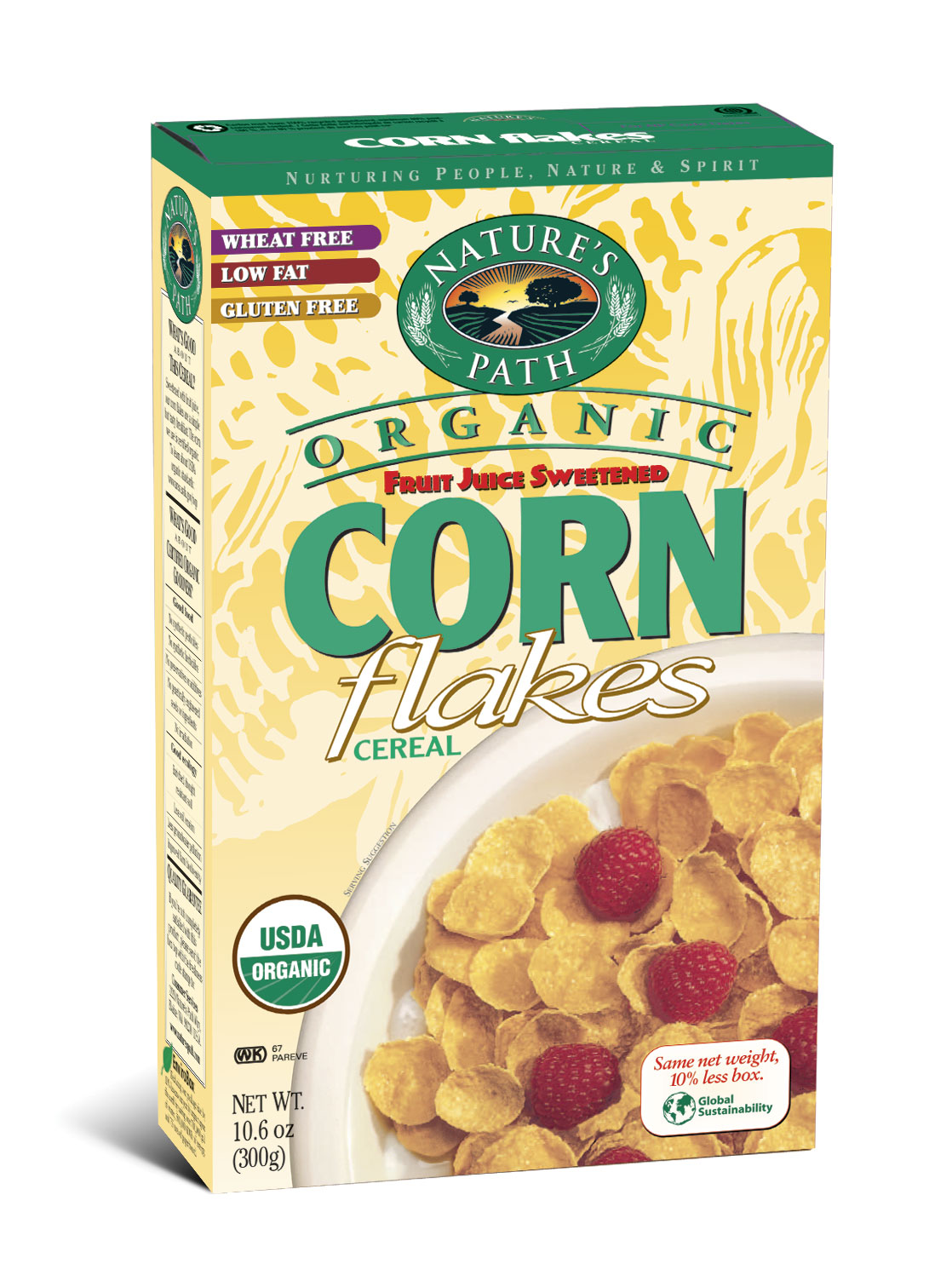
4. Look for opportunities to make your packaging reusable—where it makes sense.
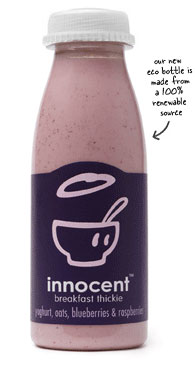
5. Consider changes in your product.
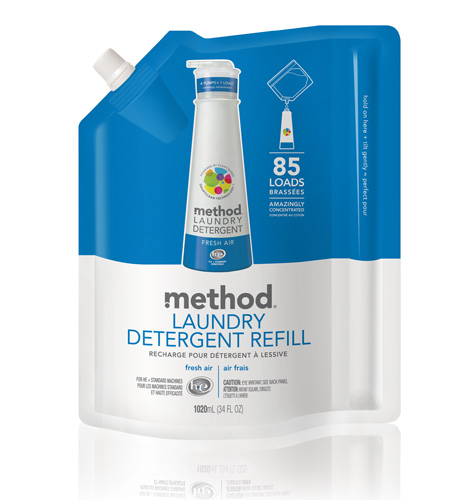
6. Whenever possible, design for recyclability.
One of the most effective ways to preserve the energy expended in manufacturing packaging materials is through recycling. While many materials, such as paper and PET, may be widely recycled, oftentimes coatings, labels, and other elements added to enhance package functionality or aesthetics may render them unfit for the recycling stream. But new options are emerging.
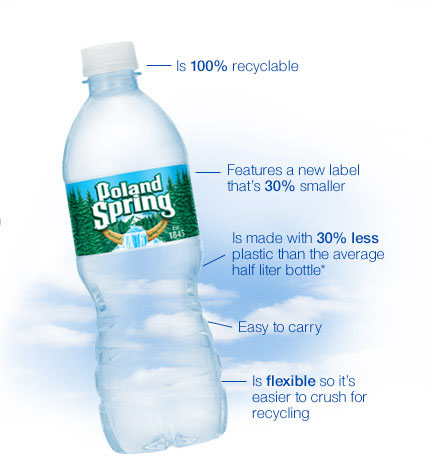
7. Employ packaging strategies that encourage product consumption.
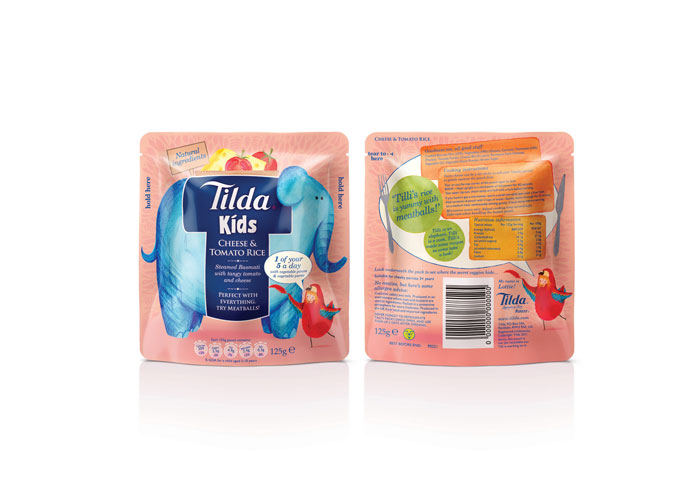
8. Know where your packaging materials come from.
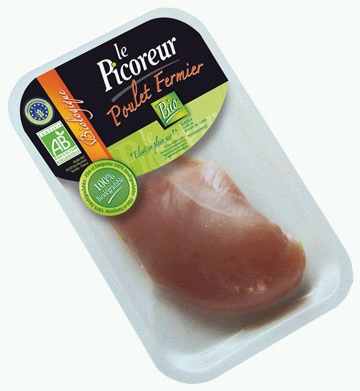
9. Evaluate your distribution system for space-saving opportunities.
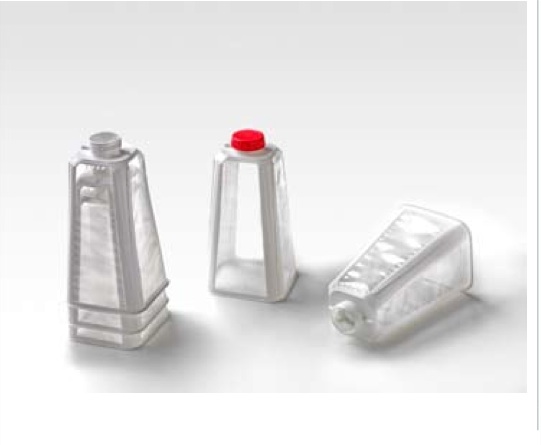
10. Consider materials made from renewable feedstock.
Packaging based on renewable feedstocks—from bioplastics made of corn or sugarcane, to protective packaging constructed of mushroom roots—is a rapidly growing area. But there are many questions still to be answered regarding the viability of some of these technologies and their relative sustainability versus traditional materials.
Above all, be very wary of additives and other technologies that promise to make packaging “just disappear.” While it is a very alluring idea, many scientific experts debate the environmental safety of such technologies.

Are you agreed?
[ add comment ] ( 47 views ) | permalink |




 ( 3 / 2476 )
( 3 / 2476 )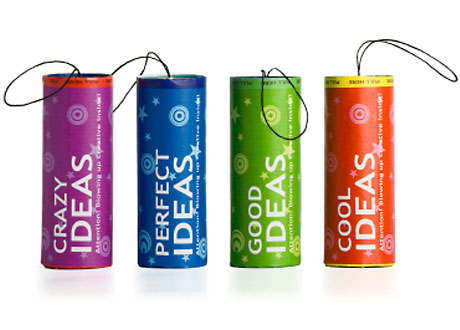
How to Begin the Process of Open Innovation
by John Kapeleris
Open innovation is the process by which organizations use both internal and external knowledge to drive and accelerate their internal innovation strategy in order to fulfil existing market needs or to access new market opportunities.
The concept of open innovation implies that an organization has the willingness and desire to source and utilize external knowledge, ideas, intellectual assets and technologies, in addition to its internal capabilities, to identify solutions to problems, capitalize on opportunities, develop new technologies, create new products and services, improve processes, or design new organizational systems and business models. However, in practice it is still difficult for organisations to understand how to embark on an open innovation journey and begin implementing the concepts of open innovation. It takes significant cultural change for an organization to embrace open innovation thinking.
A simple approach for organizations to begin to implement an open innovation strategy is to focus on their key challenges or problems facing the organization. A key question could be, “How can the organisation solve a significant complex problem utilizing external expertise or knowledge (that is, assuming internal attempts to solve the complex problem were not successful)”? One way of answering this question is to use a crowdsourcing approach.
Crowdsourcing refers to the outsourcing of tasks and activities, traditionally performed internally by an employee or an external contractor, to a large group of people (a crowd), through an open innovation approach or an open call.
In their book Wikinomics Don Tapscott and Anthony Williams discuss how mass collaboration can impact big changes in business. They also present a number of case studies of successful outsourcing and collaboration, including Goldcorp and Proctor & Gamble.
In the case of Goldcorp, a Canadian gold mining company, after internal reports and advice from technical staff indicated that the gold mine had run out of gold, the CEO placed all the geological studies, surveys and reports related to the gold mine into the public domain via the Internet and offered a sum of money to whoever could come up with new information or leads for new gold deposits. The CEO’s strategy was successful. New computer modelling technology located in another small organization was able to predict the location of new gold deposits using the existing geological survey data.
By utilizing an open call to an undefined group of people (generally through the Internet), the call brings together people who are in the best position to be able to solve complex problems, provide new ideas and develop new opportunities.
Crowdsourcing has a number of advantages, however, it can also result in intellectual property (IP) issues, including ownership issues and confidentiality of IP. An appropriate governance process is required to ensure the disadvantages of crowdsourcing are minimized. Some of the advantages of using a crowdsourcing approach can include:
* Reducing transaction costs of organisations
* Finding new business opportunities
* Building appropriate teams by finding the right external people
* Re-using previous work
* Building user defined products and services
* Solving difficult and complex problems
A number of online sites are available that specialise in bringing together different parties or groups to work on a particular project or solve a specific problem. Alternatively an organisation can also ask a question through one of its online networks such as Facebook or LinkedIn. A selection of crowdsourcing sites of interest are outlined below:
* Chaordix ( http://www.chaordix.com/ ) – Business innovation – Engaging crowds through the web to solve your business problem
* Ninesigma ( http://www.ninesigma.com/) is the most experienced and advanced Open Innovation service provider in the world.
* Innocentive ( http://www.innocentive.com/ ) – Problem solving – Brings together seekers who have a problem together with solvers from around the world who may be able to help
* Ideaconnection ( http://www.ideaconnection.com/ ) provides businesses with innovative, high quality, and timely solutions to their business and R&D challenges using teams of highly motivated experts located throughout the world led by world-class facilitators.
* Innovationexchange ( http://www.innovationexchange.com/ ) is an online open innovation marketplace. It's where diverse community members from all over the world respond to challenges sponsored by Global 5000 companies and not-for-profit organizations.
* Brightidea ( http://www.brightidea.com/ ) is a one-of-a-kind 'Facebook-style' software platform that allows Global 2000 businesses to monitor the social process of innovation, from concept to cash.
* Spigit ( http://www.spigit.com/ ) is an innovation tools vendor which provides a platform that can be used to create open communities to capture, evaluate, contribute to, and select ideas for implementation.
* Global Idea Bank ( http://www.globalideasbank.org/site/home/ ) – Social innovation – A site which collects social inventions that can change the world, which are rated by online voters.
Crowdsourcing as a strategy for open innovation has huge potential, including the ability to provide organizations with an open innovation access to a wider variety of expertise, resources and technology.
Open innovation has the ability to identify solutions to complex problems, capitalize on opportunities and develop new technologies which would not have been possible if the organization had merely looked internally for ideas.
Using external knowledge also brings with it the potential to create new products and services, improve processes, or design new organizational systems and business models that simply would not have transpired if the organisation had not looked externally for solutions.
[ add comment ] ( 57 views ) | permalink |




 ( 3 / 791 )
( 3 / 791 )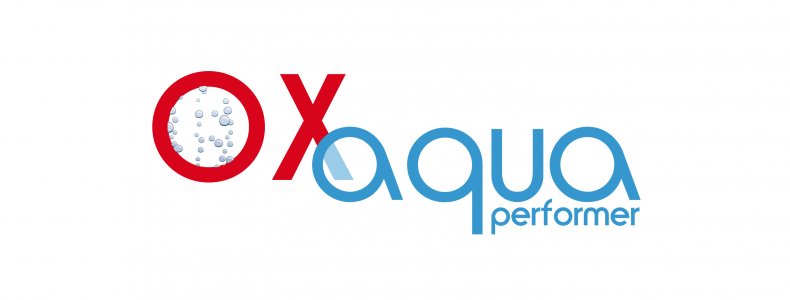
The ultra High barrier Eco-coating
Metalvuoto has recently introduced a high barrier water-based lacquers, creating an innovative coating range to be used on any kind of neutral film: this is Oxaqua.
Addressed to the wide market of food packaging and aimed to satisfy the need of visibility of the food inside the package, Oxaqua is extremely innovative in the filed of transparent flexible packaging.
Contrary to traditional multilayer films, Oxaqua is eco-friendly and reduces the packaging thinckness and weight.
Less material, less waste, less energy.
More efficiency, more convenience, more sustainability.
These are Oxaqua lacquered films features:
- Oxygen and aroma barrier
- Transparency
- Ease of use
The excellent Oxygen barrier ensures permeability levels less than 1 cc / m2 x 24 h - ASTM D3985. The Aroma barrier is remarkable as well.
Moreover, resistance to cracking test is excellent even after destructive Gelbo test cycles.
Thanks to transparency, Oxaqua makes the final packaging more appealing to consumers, who are the main vehicle to the market.
Metalvuoto’s lacquered films can be printed or laminated through traditional technologies which simplify the production chain and help the manufacturing process.
The absence of Chlorine and solvent makes water-based Oxaqua eco-sustainable and above all food approved, permitting direct contact with food.
For all this reasons, Oxaqua is the winning solution against traditional multilayer films and Chlorine-based coatings.
For information visit : http://www.metalvuoto.it/en/products/oxaqua
[ add comment ] ( 54 views ) | permalink |




 ( 3 / 2291 )
( 3 / 2291 )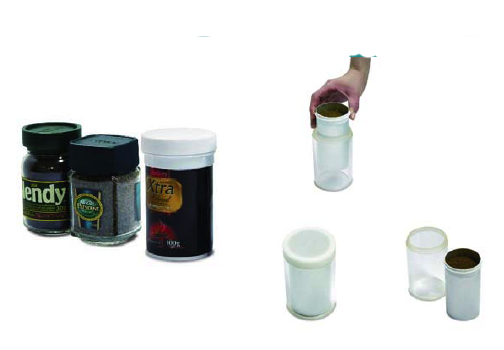
SOFT-BOTTLE is a new lighter and higher barrier than current plastic rigid bottles (made in HDPE, PP or PET resins) because of multilayers laminated film made cylinder of the body.
Soft-Bottle also uses less resin to save carbon dioxide release.
Also, gravure printing is available to catch customers' eyes.
Relief printing is another option for answering to small lot orders.
Pros
- Great Appearance
- Lightweight
- High Barrier
- Air-tight Reclosability
- Available in different sizes ( from 100 gr to 1 or more kg)
Produces and patented in Japan by Hosokawa Yoko company, if you are interesting to have more information, pls don't hesitate to call Idealpack or send us a mail at info@idealpack.it
[ add comment ] ( 67 views ) | permalink |




 ( 2.9 / 2211 )
( 2.9 / 2211 )

 Calendar
Calendar